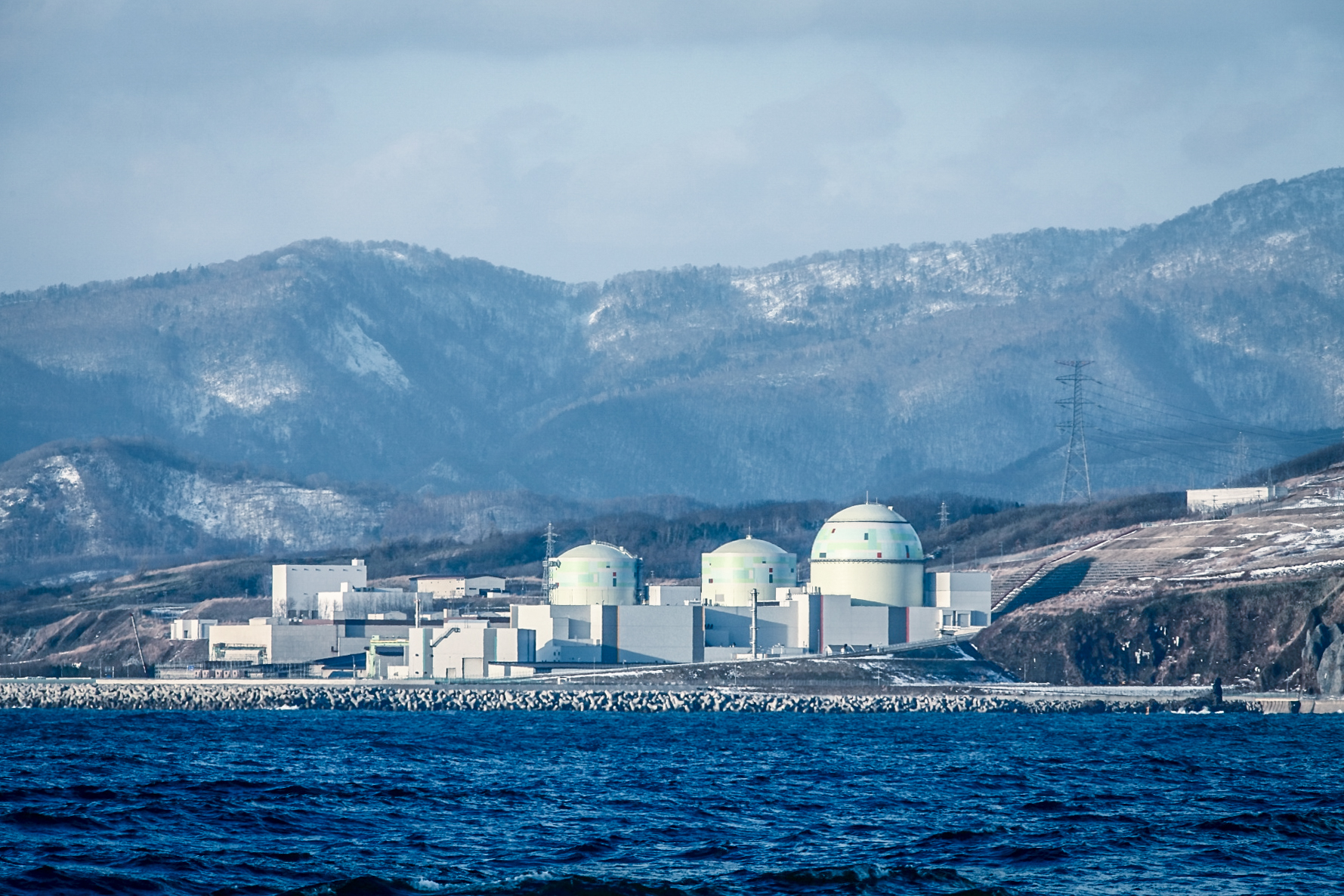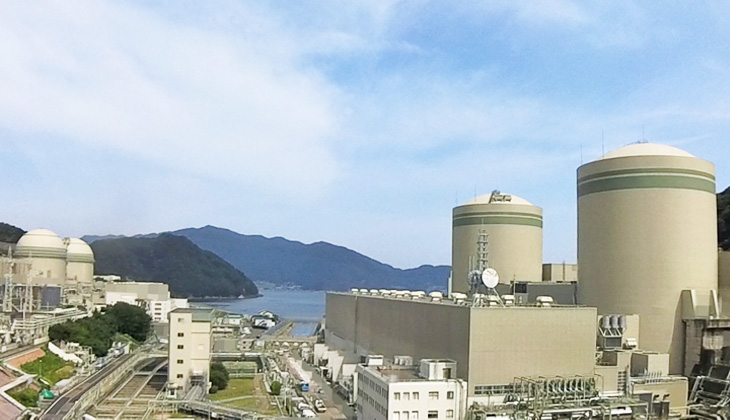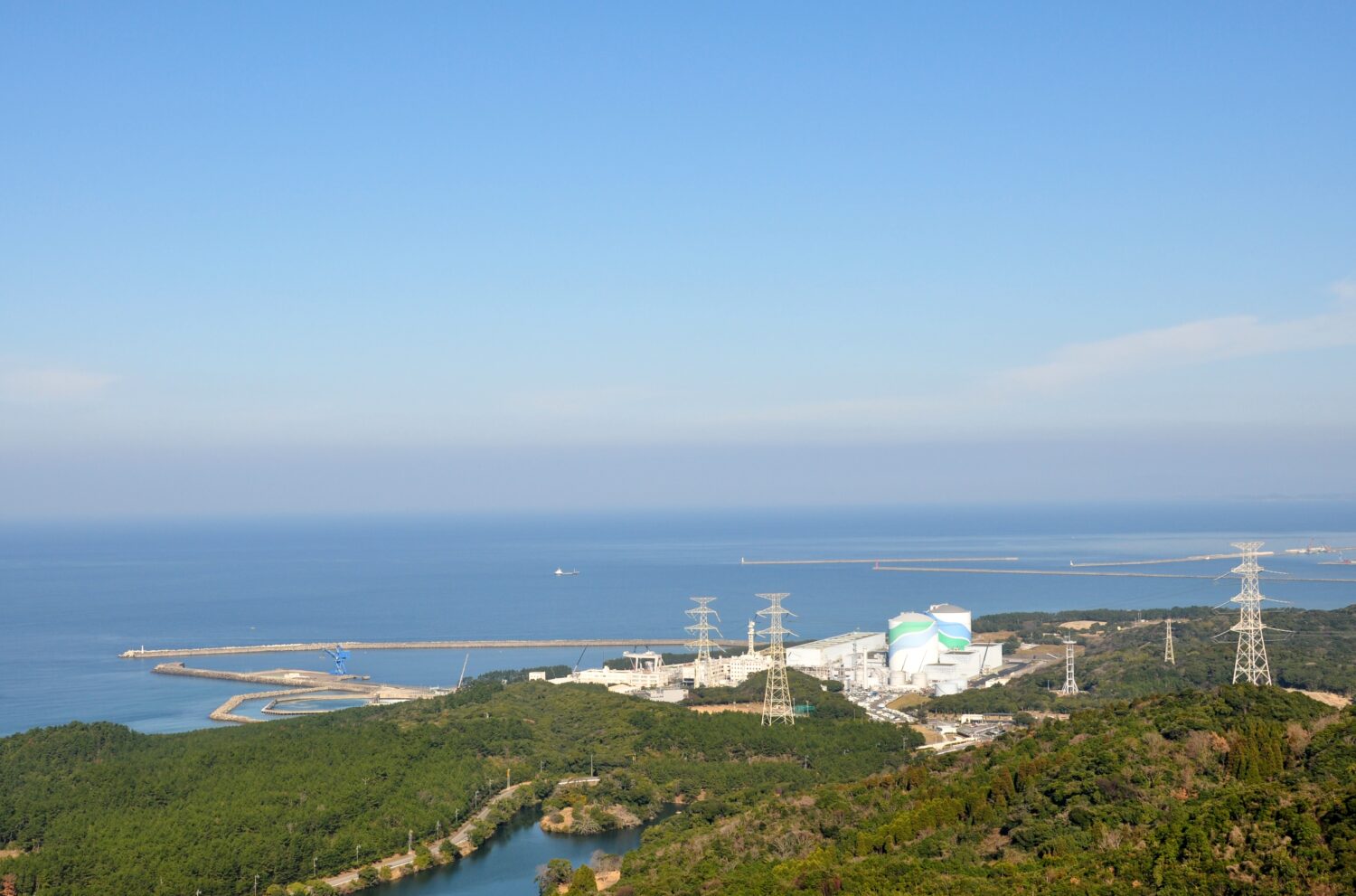Representing the industry were ENDO Keita (Hitachi-GE Nuclear Energy), SATO Takashi (Toshiba Energy Systems & Solutions Corporation), HIRAMATSU Kosuke (Mitsubishi Heavy Industries, or MHI), and Youssef FARGANI (Framatome). The student panelists were OKADA Hinata (National Institute of Technology, Fukui College), KUROI Yusuke (Nagoya University), KATO Takuto (Tokyo City University), and KAWATANI Chiaki (Shibaura Institute of Technology), who shared their impressions of the nuclear industry and their personal visions for its future.
The session was moderated by Professor YAMAJI Akifumi of Waseda University, who encouraged forward-looking discussion on the occasion of Japan’s movement toward new reactor construction.
The moderator began the session by outlining the challenges facing nuclear power and stressed the need for a wide range of initiatives, from decommissioning existing plants to developing next-generation reactors, in the context of the aftermath of the accident at Fukushima Daiichi in March 2011. He emphasized the interconnectivity of nuclear technologies, and the importance of research aimed at improving safety.
The industry presentations that followed highlighted each company’s approach to next-generation reactor development. Hitachi-GE’s Endo introduced the company’s ongoing work on the HI-ABWR, BWRX-300, RBWR, and PRISM designs, noting the integration of digital and robotic technologies into nuclear applications. He encouraged students to think about the kind of future they wanted to shape, and to embrace the opportunities to collaborate across disciplines and borders.
Next, Takashi Sato of Toshiba Energy Systems & Solutions discussed the technical features of the innovative iBR reactor, including passive safety systems and AI-based inspection technologies. He also introduced the company’s work in heavy ion therapy systems and emphasized the broad range of expertise embraced by the nuclear field, encouraging participation across professions and generations.
MHI’s Hiramatsu talked next, giving an overview of the SRZ-1200, focusing on its design and safety strategies. He touched on the reactor’s compatibility with renewables and countermeasures against natural disasters and terrorism. He also spoke about his involvement in developing a new core monitoring system that is now being introduced at a domestic plant, and highlighted the importance of international technical exchange, noting that nuclear development combines engineering challenges with broader social relevance.
Speaking next was Fargani of Framatome, who emphasized the long-term importance of nuclear power as a low-carbon energy source. Drawing on his experience with EPR construction projects in Europe, he explained that nuclear new builds were not merely about securing electricity but also represented vital efforts to sustain low-carbon energy for the next fifty years. He encouraged younger people to see the nuclear field as somewhere in which they could have a lasting impact.
In the panel discussion that followed, views were exchanged on the future of the nuclear industry, the development of innovative technologies, and the appeal of contributing from a global perspective.
Okada, a second-year student in the Advanced Engineering Course at the National Institute of Technology, Fukui College, specializes in materials science, studying adhesives using photocurable resin. Growing up in Tsuruga City, where nuclear facilities are located, she never thought negatively of nuclear power. Learning about recent developments in light water reactors (LWRs), she came to feel that the construction of nuclear plants was becoming an imminent reality. She remarked that the nuclear industry offered opportunities for people to connect across diverse fields and to absorb new knowledge. She also noted that the resumption of new builds could become not only national news, but also a topic that would even directly influence students’ career decisions.
Kuroki, a first-year master’s student at Nagoya University, is researching high-temperature gas-cooled reactors (HTGRs), which offer high thermal efficiency and are designed to prevent core meltdown. He referred to Japan’s Green Transformation (GX) policy adopted in February 2023 and aimed at starting demonstration reactor operations by the late 2030s. Through his research, Kuroki hopes to contribute not only to Japan domestically, but also to improving global energy security. He expressed optimism about the nuclear field, which he sees as offering a wide range of career paths and opportunities: from R&D and digital technology to international projects.
Kato, a fourth-year undergraduate at Tokyo City University, studies robotics and is broadly interested in various technical fields. After entering university as a first-year student, he visited various research labs, including those at AIST for semiconductor fabrication and Nagoya University for microfluidics. He described his motivation for studying robotics as a mix of cross-disciplinary curiosity and a simple love of robots. He saw strong parallels between his field and nuclear technology in terms of the wide applicability of technical knowledge.
Finally, Kawatani, a first-year graduate student at Shibaura Institute of Technology, studies concrete materials and is working on the development of low-carbon cement using industrial byproducts to reduce CO₂ emissions. Her interest in civil engineering began in high school, where she was drawn to infrastructure such as roads and tunnels. She views concrete as a material essential to public infrastructure and believes that learning about it offers a gateway to broader civil engineering knowledge. She also expressed a growing interest in nuclear energy and noted that working on large-scale projects that support society was a source of motivation for her.
The session moderator, Professor Yamaji, closed the discussion by inviting the industry panelists to elaborate on their earlier presentations. He asked them whether new nuclear builds could serve as showcases for new technologies and inquired about their personal motivations for choosing careers in the nuclear field as students.
Yamaji emphasized that the nuclear industry encompassed a wide range of technical fields and roles, involving engineers, scientists, and professionals working in diverse capacities. In addition, he noted that few fields are as diverse as the nuclear industry, and that shared goals—such as improving lives through innovation in energy and the environment—united those who worked in it. He concluded the session by encouraging further engagement from younger people, including the students present.


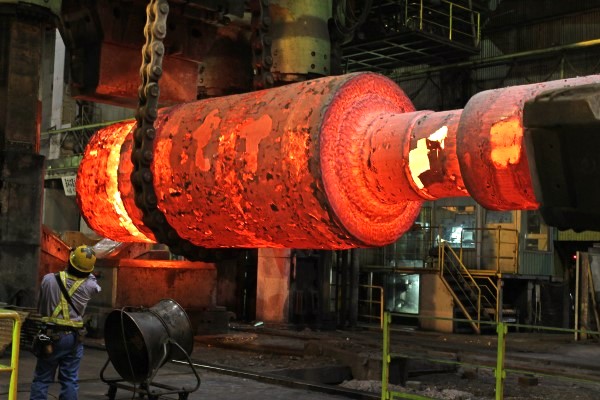
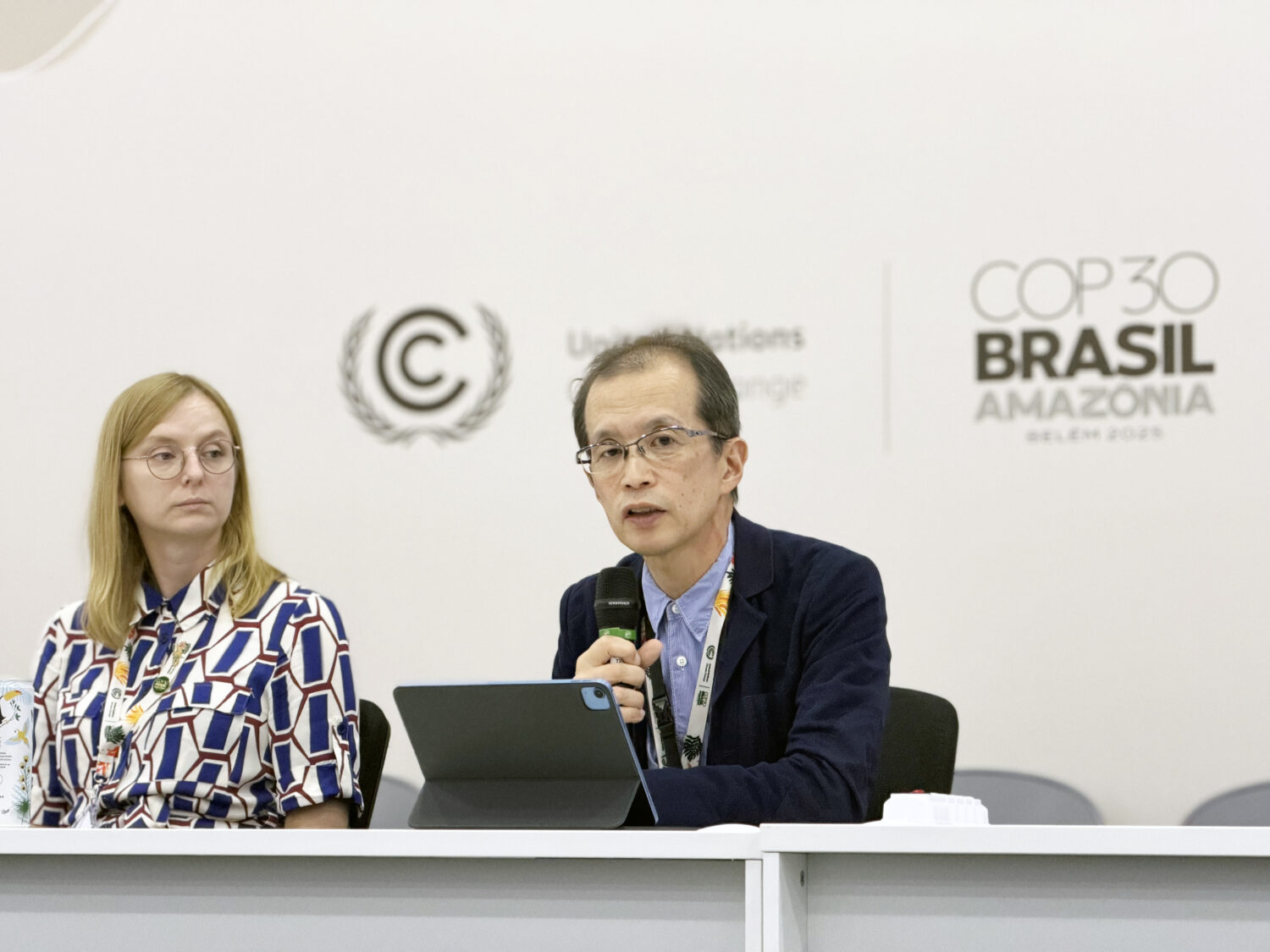
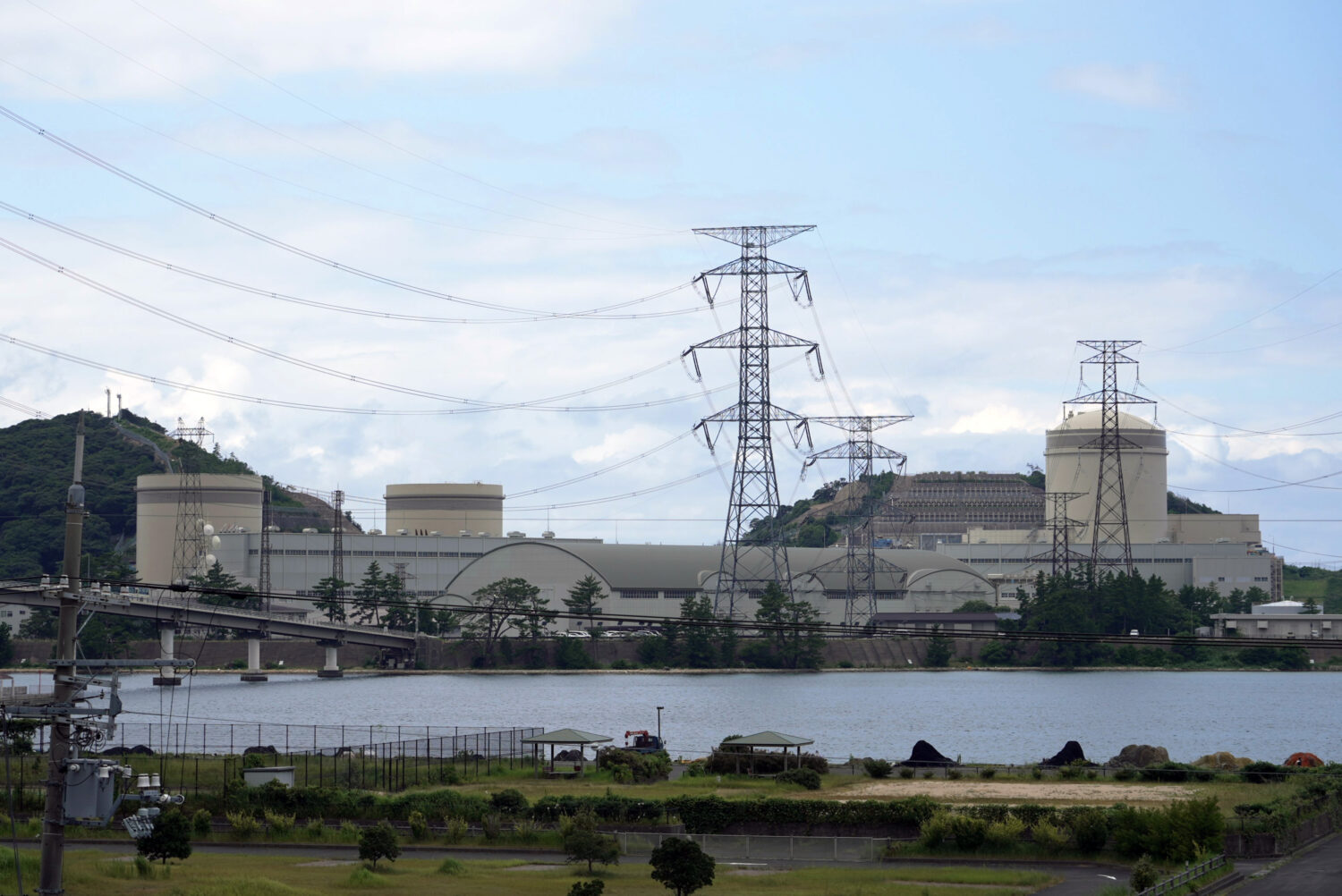
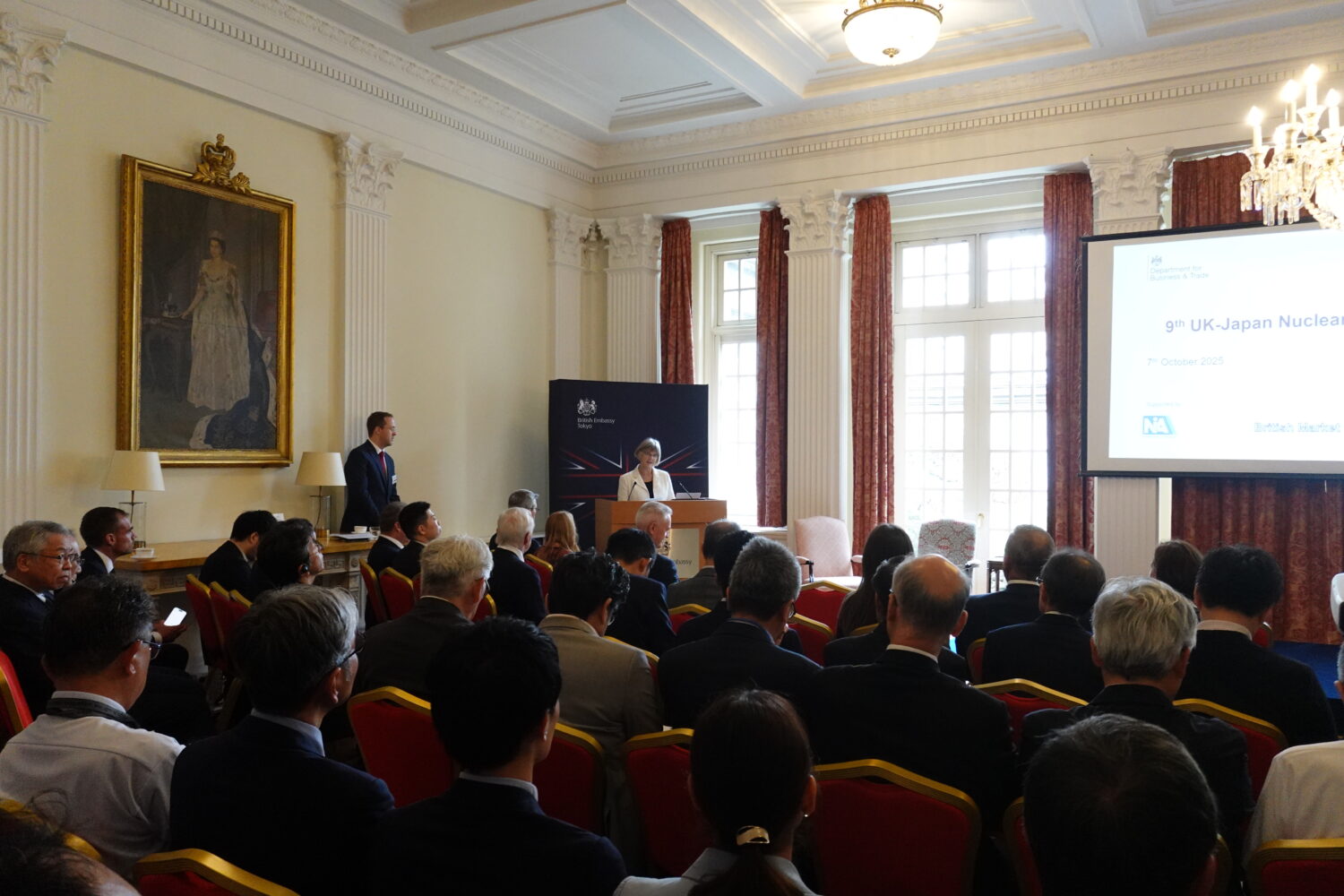

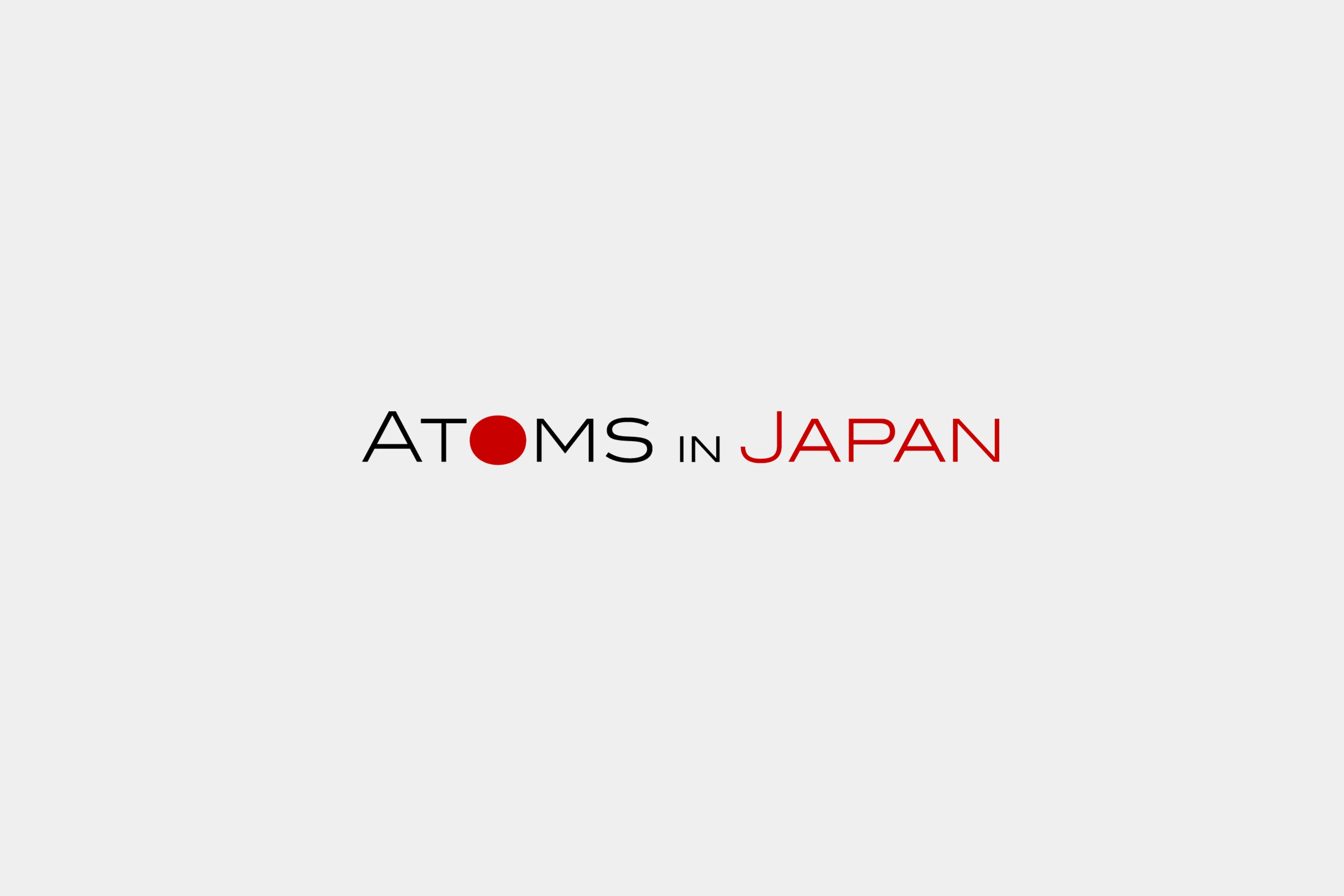

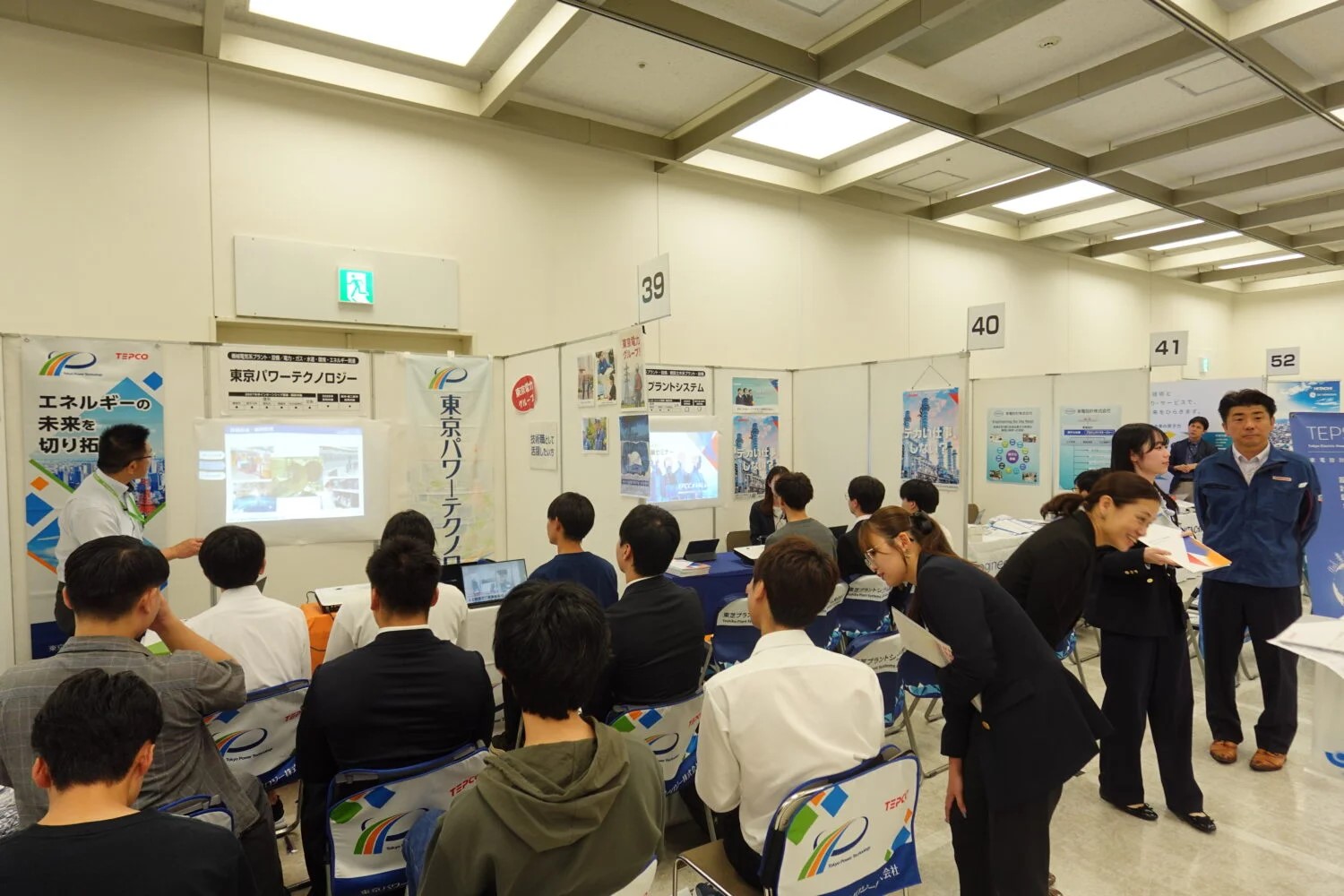

-013.jpg)
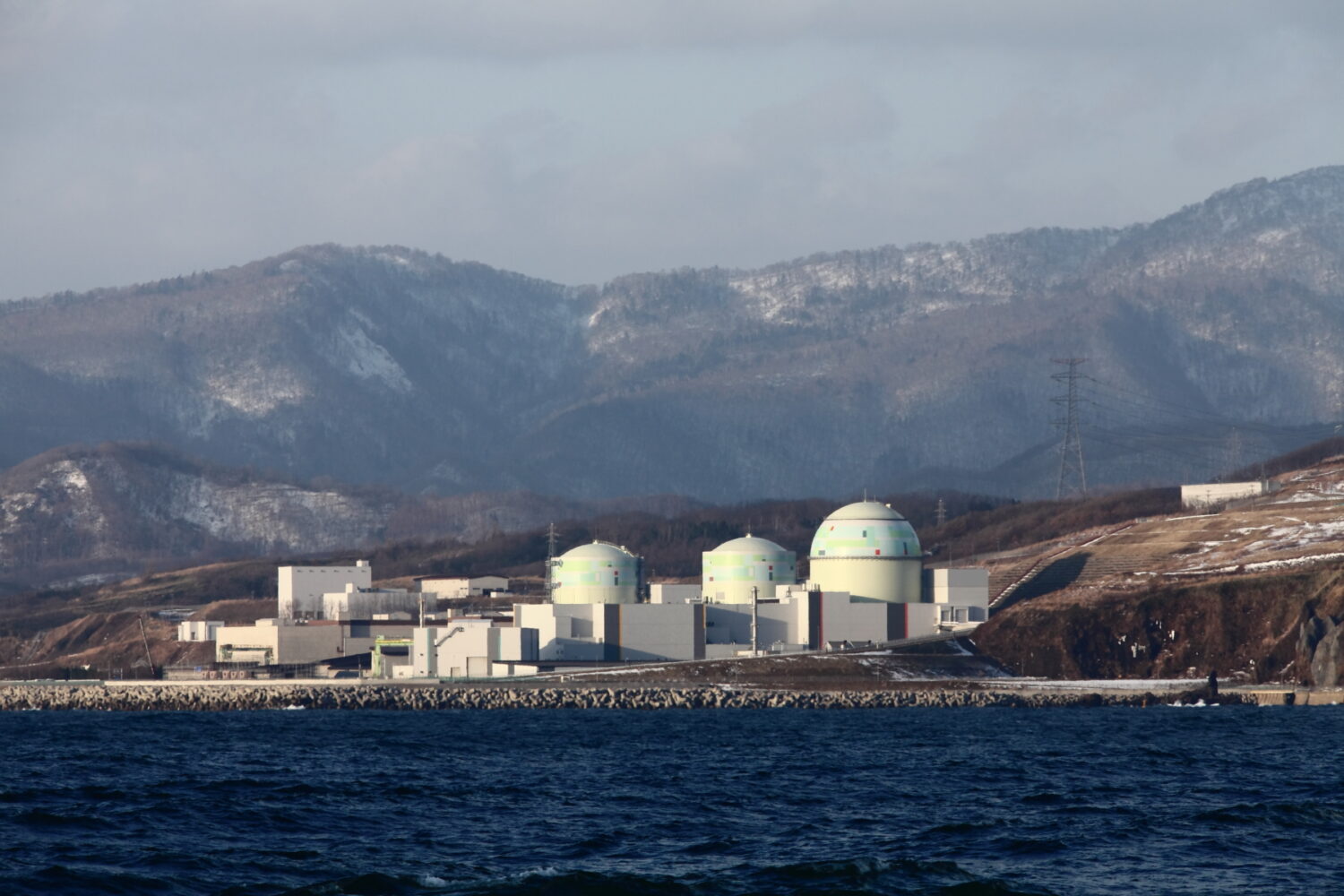
-049.jpg)
.jpg)

